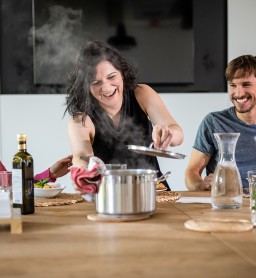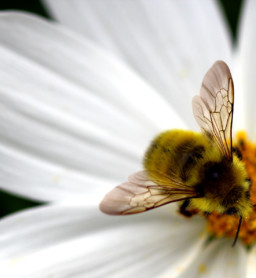We are all living in an incredibly dynamic era – new trends are constantly coming and going and we are also changing as people all the time. But these changes aren’t necessarily confined to obvious areas such as digitalisation and process automation – they also crop up in all parts of our everyday lives, particularly in the food industry. And these new trends are simply a reflection of the desire for change in society.
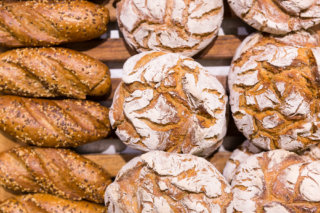
Meet the Food
Closing the gap between producer, product and consumer
Thema:
culinary experiences
grandmothers knowing
the origins of the food
Introbild
© Reinhard Sandbothe
Foodies on the loose
We live in an age in which people are taking a very close interest in what they eat; they want to know where the food on their plate comes from, how it is processed and what goes into preparing it. And above all, they are interested in what it tastes like. In today’s culture, virtually everyone who likes to eat good food refers to themselves as a foodie.
But as that’s quite a departure from the original definition, trend researchers are increasingly making a distinction between “authentic foodies” and “everyday foodies”. Whichever category they fall into, what all foodies have in common is the importance they attach to good, authentic and high-quality food and beverages. They demonstrate a keen interest in foodstuffs and tend to be more open to trying out new culinary experiences: for them, it is all about exploring, sampling, discovering and tasting – and ultimately learning and building up experience.
From invisible food to sensory experiences
Most traditional high-street butchers – where customers could watch chickens and sides of beef being jointed – had disappeared by the start of the new millennium. For a long time afterwards, meat and many other products were often only available in small pieces: pre-packed, pre-cut and packaged in sterile environments. Without reading the label, it was nigh-on impossible for consumers to work out what cut it was, and even what animal it came from.
And the same went for fruit and veg, which increasingly went on sale conveniently pre-sliced. As a result, people knew less and less about food. When buying poultry, all our grandmothers had to do was take a quick look at the feet, the comb or the eyes and they would instantly know what kind of quality they were dealing with. Most people these days would be hard-pressed to do that with any degree of accuracy, but there is a definite desire to rediscover the origins of the food they eat.
Getting the low-down
Authentic and everyday foodies alike are looking to experience food on a more elemental level. They buy fruit, vegetables, meat and baked goods from local markets, growers or specialist stores as much as possible: they go to the butchers for meat and sausages, the baker provides their bread and rolls, and wine comes direct from the winemaker. They want to get closer to the produce, hold it in their hands, smell it, taste it, experience the atmosphere in the place it is produced, get to know the manufacturer, talk about processing and discuss the best way to prepare it.
More and more producers and innovative retailers are giving consumers the opportunity to build up a better picture of the work they do, and let them play a part in the manufacturing process. They bring themselves and their activities to life for consumers to present their products in the best possible light. And to help people regain a deeper overall understanding of the food they eat.
Kumpel und Keule – the transparent butcher
“People want to know how it is made and where it comes from.” It is hard to think of a sentence that better sums up the approach adopted by this all-glass butcher’s shop in Berlin. Visitors can watch every single stage of the process – from breaking down the carcasses to making sausages – in unparalleled detail, and see the quality of the final product for themselves. Customers are not only given a unique insight into the master butcher’s craft, but also have a golden opportunity to take a closer look at the product in front of them and better understand what makes it so special.
Erlebniswelt Zotter
During a tour of the Zotter chocolate factory, visitors can immerse themselves in the art of chocolate making, with every stage of the process brought to life – from bean to bar. As well as embarking on a virtual trip to the cocoa plantations in South America, they also have the chance to sample the freshly roasted beans and molten chocolate mass before finally turning their attention to the finished article. The tours offer an experience for all the senses – variety, quality, creativity, sustainability and 100% organic and fair trade sums up the brand promise. And on top of all that there is an ‘edible zoo’ right next door to the factory. This organic farm lives by an unusual motto: “look your food in the eye”. Rare Austrian breeds live on the estate and old varieties of fruit and vegetables from the local region grow and thrive there. And visitors can sample the produce surrounded by nature at the organic food bar.
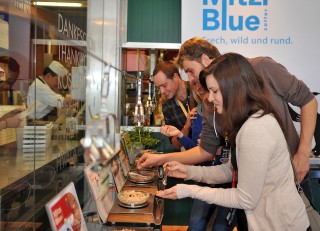
Ochs im Glas
A whole cow, tipping the scales at 640kg. Bought, slaughtered, butchered and prepared. All in the space of just two weeks. This is the task that three men – an artist, a photographer and a gourmet critic – set themselves.
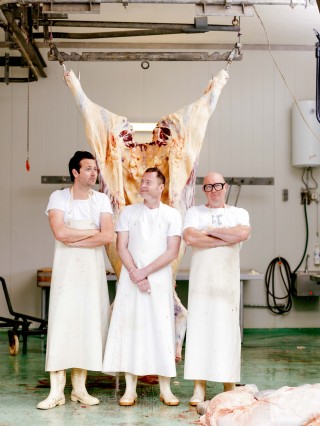
The idea behind the project was to raise understanding and awareness of meat as a product, and re-establish sustainability as a priority for consumers. So, inspired by nose-to-tail cooking, they set out to use an entire cow in their cuisine at an organic farm in Austria. The entire process from the slaughtered livestock as a source of sustenance to making the delicious preserved meat was filmed and broadcast in documentary format on Austrian TV.
Fico Eataly World – Europe’s largest food market
Fans of fine food have a unique opportunity to explore Italian food in all its rich variety at this 80,000m2 market. Visitors are also treated to a multimedia experience at the self-styled agri/food park: 40 restaurants with the best and rarest traditional dishes, more than 9,000m² of retail space, as well as food seminars and baking and cookery courses bring together all of Italy’s culinary delights under one roof. Eataly also puts a special emphasis on artisanal production and farming, with around 20,000m² of the total area set aside for fields and pastures, where regional breeds graze and fruit and vegetables are grown.

